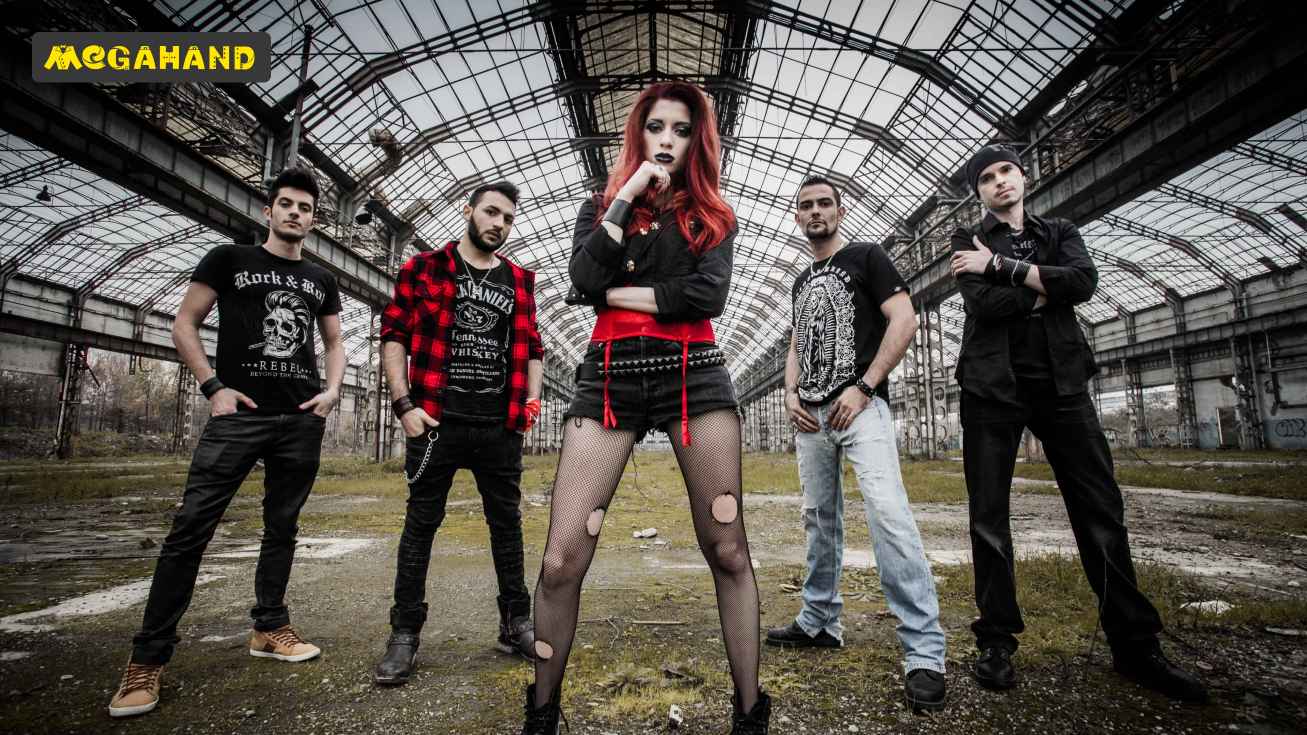Music and fashion: two cultural phenomena that have been inseparably linked for decades. Musicians inspire designers, and fashion styles become the visual signature of musical genres. A journey through the ages reveals how music—from rock and roll to hip-hop—has shaped fashion trends and social standards. This relationship forms generational identities, sets new standards, and reflects societal changes.
Rock and Roll: The Beginning of a Revolution
In the 1950s, rock and roll became a symbol of youth rebellion. Elvis Presley, who epitomized boldness and freedom, inspired fans with his unique style: leather jackets, colorful shirts, and slim trousers. His appearance became a visual challenge to societal norms. Rock and roll not only transformed the music scene but also acted as a catalyst for changes in fashion. Young people sought to emulate their idols, breaking strict rules and creating a rebellious image that became a hallmark of the era. Over time, this style spread beyond youth culture, influencing mass-market fashion.
The Era of Hippies and Psychedelia
The 1960s and 1970s were marked by the rise of the hippie subculture, where music and fashion merged seamlessly. Bands like The Beatles and The Rolling Stones not only shaped musical tastes but also set fashion standards. Hippies popularized bright prints, loose silhouettes, and natural fabrics, reflecting a spirit of freedom and love for nature. The influence of psychedelic music, such as that of Jimi Hendrix, was evident in eccentric and layered outfits adorned with ethnic elements. Their style was not merely aesthetic but also a means to express beliefs, such as pacifism and unity with nature.
Punk: A Challenge to Society
The 1970s also saw the emergence of punk. Bands like The Sex Pistols and other punk groups broke musical conventions and introduced aggression and provocation into fashion. Torn clothing, studs, leather, and vibrant hair became symbols of resistance against social norms. Punk fashion resonated with designers like Vivienne Westwood, who turned street style into high fashion. This aesthetic combined chaos and self-expression, attracting attention not only from genre fans but also from the wider public interested in experimental fashion.
Pop Music and the Glamour of the 1980s
The 1980s saw pop music reach unprecedented popularity. Michael Jackson and Madonna became not just musical but also fashion icons. Leather jackets with studs, glitter, shiny fabrics, and bold accessories defined the fashion of the decade. Television and music videos became primary channels of influence, shaping global fashion trends. The visual components of hits like "Thriller" and "Like a Virgin" had a powerful impact on youth, inspiring them to mimic their idols' looks and seek similar outfits in stores.
Grunge: Minimalism and Protest
The 1990s brought the rise of grunge, a musical style symbolizing apathy and rejection of glamour. Nirvana and Pearl Jam influenced the creation of a simple and relaxed style: worn-out jeans, flannel shirts, and heavy boots. Grunge reflected an era where fashion spoke more about internal states than external appeal. This style resonated with youth tired of the glitter of the 1980s and became a symbol of protest against consumerism and capitalism. Designers like Marc Jacobs began incorporating grunge elements into their collections, offering a new perspective on high fashion.
Hip-Hop: A New Standard of Luxury
From the 1990s to the present day, hip-hop remains one of the most influential genres in music and fashion. Artists like Tupac, Notorious B.I.G., Jay-Z, and Cardi B turned streetwear into high fashion. Tracksuits, chunky jewelry, sneakers, and brands like Adidas and Gucci became integral parts of hip-hop culture. Contemporary designers actively collaborate with hip-hop artists, creating unique collections that resonate with fans worldwide. Partnerships like Kanye West and Adidas not only set fashion trends but also redefine streetwear as a synonym for luxury.
Cross-Culture: The Modern Era
Today, the boundaries between musical genres and fashion are blurred. Artists experiment with various styles, creating unique looks. Billie Eilish, for instance, popularized oversized fashion, while Harry Styles breaks gender stereotypes by incorporating elements of women's fashion. The interaction between music and fashion has intensified thanks to social media, where fans quickly adopt trends. Platforms like TikTok have amplified music's influence on fashion, allowing trends to spread at unprecedented speeds. Artists are not just idols but also opinion leaders, shaping the lifestyles of their followers.
Music and fashion continue to inspire each other, shaping the cultural landscape. Every era has its heroes who prove that style is not just clothing but a language through which one can express themselves and their time. These two spheres remain major sources of innovation and self-expression, driving forward both creative industries and societal processes


